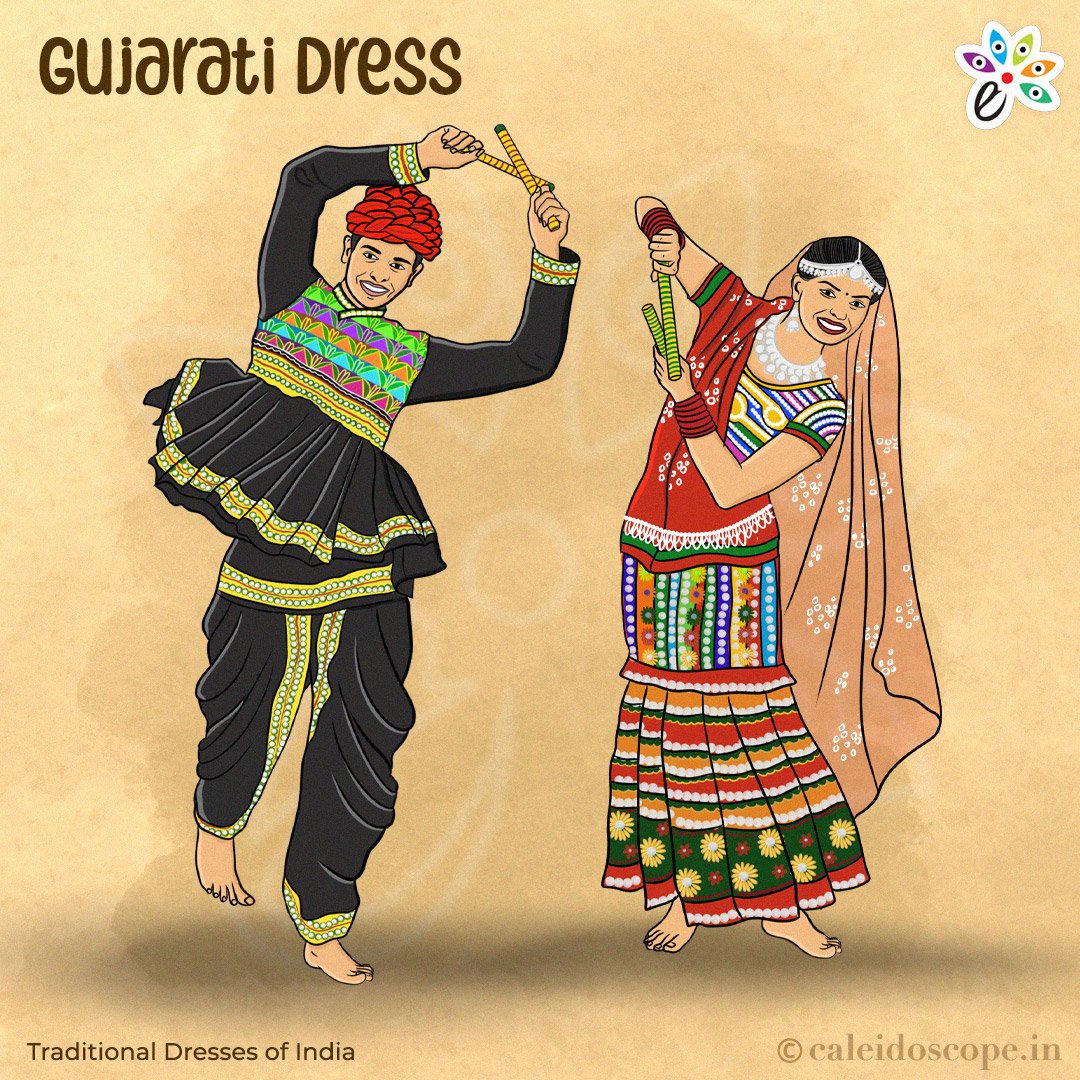
Every part of the world has its own traditions and cultures, which it always tries to uphold. From the language, which is spoken by the people of a specific community to the food that they eat, every element has an important role in the state’s culture and tradition. Hence, the traditional dresses worn by the people of a specific community also play an important role in portraying the distinct culture of the state. Across India, each state in the country has its own specific attire that is culture specific and ethnic to the state it belongs to. It is the distinct and vibrant costumes of a place that add to the festive mood of the festivals. Thus traditional costumes or attires have a vital part to play in determining the culture of any state. Here we take a look at the vibrant traditional dresses of Gujarat.
Gujarati Culture

Gujarat is a state situated in India and shares its borders with the states of Rajasthan, Madhya Pradesh and Maharashtra. The state is known for its diverse culture and traditions. The costumes of the state are quite different and varied from that of other parts of the country. Since the state hosts many cultural festivals all through the year, it also has a wide variety of traditional dresses, which comprise the vibrant costumes worn by the people of the state that reflect its own culture and traditions. Men usually wear a Kurta or Kediyu, while women dress in sarees or Chaniya Choli, though recently Salwar Kameez is also preferred by Gujarat women.
- Chaniya Choli – A vibrant, embroidered flared skirt (chaniya) paired with a blouse (choli) and a dupatta. Commonly worn during festivals like Navratri.
- Saree (Gujarati Style) – The pallu is draped in the front, showcasing intricate embroidery, bandhani, or patola work.
- Bandhani Dress – Dresses made from tie-dye bandhani fabric, a signature textile of Gujarat.
- Patola Saree – A luxurious, handwoven silk saree with intricate double-ikat designs, popular in Patan.
- Gharchola – A traditional saree, often worn by brides, featuring checks and zari work.
Traditional Dresses of Gujarati Men

Men usually wear Chorno, which is a kind of cotton pants, and it looks quite similar to a dhoti. Chorno is one of the most common clothing which is found in the state and is hence also readily available. This clothing is adaptive to the hot and warm climate of the state. Chorno is worn along with the Kediyu at the top part of the body. It is frock-like clothing and is worn widely in the state. The Kediyu usually comes in a variety of vibrant colours and is also worn on special occasions. Men wear kurta and dhoti too. The men of Gujarat also wear a headgear called Phento.
- Kediyu & Dhoti/Chorno – A flared, embroidered upper garment (kediyu) paired with a dhoti or chorno (loose pants). Often worn during Garba.
- Kurta & Dhoti/Pajama – A simple cotton or silk kurta paired with a dhoti or pajama, common for festive and daily wear.
- Sherwani – A formal, royal-looking attire worn on special occasions like weddings.
- Phento (Turban) – A traditional headgear, symbolizing pride and respect, commonly worn in rural areas.
Traditional Dresses of Gujarati Women

Women usually wear the Ghagra or the Chaniya Choli, which is quite popular not only in Gujarat but in other parts of India too. This attire is adorned with vibrant designs and is worn during festivals and other occasions. Chaniyo is another popular attire worn by the women of Gujarat. This attire is quite similar to the Lehenga in appearance. What makes the Chaniyo unique is its vibrant colours, and distinct intricate thread works and mirror works. Women also wear Chunni. Chunni looks quite similar to the dupattas and is usually used to cover their heads. The woman of Gujarat also wears the saree, in a distinct style, which is different from that of the other parts of the country. Apart from these traditional dresses, the people of Gujarat also wear special dresses for special ceremonies. During Raas Gharba, the women wear Ghagra Choli.
Gujarati Weddings

During weddings, the bride and the groom have distinct and traditional attires. Brides usually wear the Panetar Saree or the Gharchola. Panetar Saree is coloured white with a red bandhani border. Charcoal is a saree that is coloured red and has square patterns woven in it. The groom usually is dressed in a Kurtha with embroidery work.
The people residing in the Kutch district, which is situated in the state of Gujarat, is also home to a distinct culture. The women of the district wear a distinct type of Choli named Abha, which is also known as kanjari. Abha consists of a long piece of blouse that is embellished with mirror work and a gold or silver thread work. Apart from these, it can also be observed that the costumes of the state differ across communities, as each community has its particular way of attire.
Traditional Jewellery of Gujarat

Though men of the state usually do not wear much jewellery, they do wear a gold chain and a gold ring. For the women of the state, the traditional jewellery includes rings, nose pins, necklaces, chains, among others. Married women wear the Mangal Sutra as a symbol of their marriage. The women from the villages in the state also wear tribal jewellery. Apart from these, the women of the state also wear small balis and nose piercings known as Nath, which is similar to the studded nose jewellery.
Earrings & Nose Jewelry
- Bali (Earrings): Intricate silver or gold earrings, including mirror jhumkas and gemstone-studded studs.
- Kil (Nosepin): Often adorned with rose quartz or diamonds, available in various sizes.
Necklaces & Head Ornaments
- Ranihaar (Necklace): A choker-style necklace, often worn by brides.
- Chandan Haar: A heavy gold necklace symbolizing prosperity.
- Kundan Batti: A beaded chain worn along the crown of the head, typically during Navratri.
- Damani: A head accessory similar to a mathapatti, encrusted with precious stones.
- Shinka: A gold headgear with drop beads, unique to Gujarati brides.
Arm & Hand Jewelry
- Bajuband (Armlet): Metal or silver armlet worn by men and women during special occasions.
- Kundan Bangdi: Bangles with exquisite kundan work.
Waist & Leg Jewelry
- Kandora (Waistband): Gold or silver waistband adorned with precious stones.
- Patla (Waistband): Another traditional waistband made of gold.
- Pocha (Anklet): Silver anklets, often adorned with bells.
- Todi (Toe Ring): Silver toe rings symbolizing marital status.
Features of Gujarati Traditional Dresses

The most distinct features of Gujarat’s costumes include vibrant colours, intricate embroidery, and the elaborately designed mirror work. The costumes also include stonework and beadworks. The costumes of the state also embody figurative intricate and geometrical patterns in their designs. Most of the vibrant costumes that form an important part of the culture of the state are usually worn on special occasions.
The state also has several festivals celebrated all year round. Apart from the distinct nature of the costumes worn by the people residing in Gujarat, the jewellery of the state is also quite different from that of the rest of the country. The jewellery worn by the women of the state differs between different communities. The ornaments include Bangles, chains, nose rings, among others. Intricately designed, they form an important part of their costumes. The state’s attire is also quite popular for its Bandhani and Bandhej designs, which are embroidered with Zari and gold threads.
Traditional Dresses of Gujarat in the Present Day

However, in the present times, the costumes worn in the state has also undergone a significant shift. With the arrival of modernity, many attires have changed in their appearance. Women mostly wear salwar kameez while youngsters mostly prefer skirts, jeans, and tops. The western influence is evident in the clothing style of the people of the state. However, on special occasions, the people of the state usually prefer to wear their traditional attire over modern costumes. However, in many rural areas such as in the district of Kutch, people mostly wear their traditional attires.
FAQs on Traditional Dresses of Gujarat

-
Which is the women’s traditional attire in Gujarat?
The Chaniya Choli is the traditional attire for the Gujarati ladies. This dress includes a flared skirt chaniya, a fitted blouse choli, and a decorative scarf known as odhani or dupatta.
-
Which is the male traditional dress?
A typical Gujarati dress is a Kediyu (pleated long-sleeved garment) with a Dhoti or Chorno, which is a piece of cloth wrapped around the waist and legs, often found with a Bandhani turban, known as Phento.
-
What does the Patola saree refer to?
Patola saree refers to a typical traditional Gujarati saree that is popular for its intricate patterns and vibrant colors produced using a complex double ikat weaving technique.
-
What are the events where people wear traditional Gujarati attires?
Traditional Gujarati attires are most dominant at festivals like Navratri, weddings, and cultural events where people flaunt their rich cultural heritage.
-
How has Gujarati traditional attire influenced modern fashion?
Traditional Guajarati dress has influenced modern fashion by fusion wear in which traditionalism is merged with modernity and by inspiring the designers to take the traditional embroidery and patterns of the traditional attire into modern outfits.
Few Lines about Traditional Dresses of Gujarat
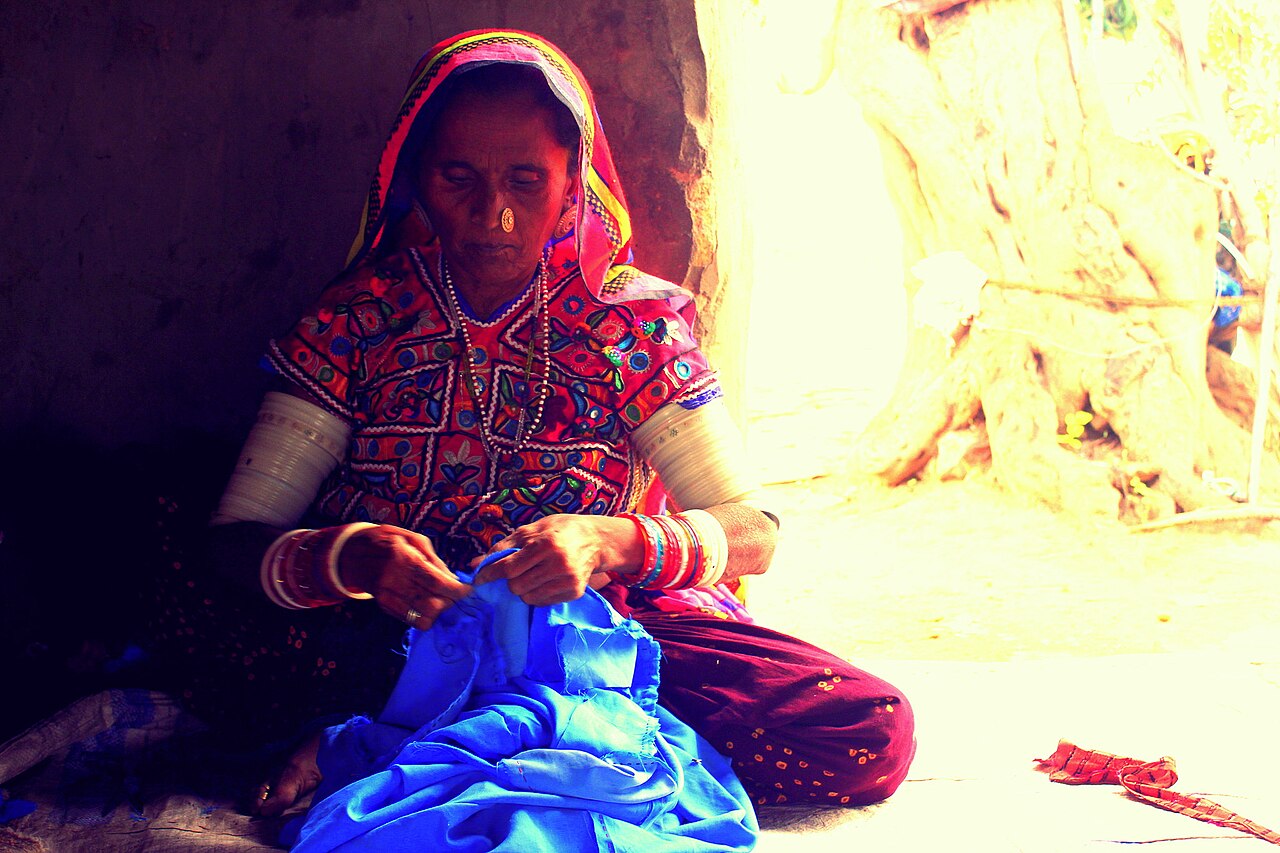
- Chaniya Choli is the vibrant traditional attire of Gujarati women.
- Patola sarees of Patan are famous for their double ikat weaving designs.
- Kediyu and Dhoti ensembles for men are very popular during cultural celebrations.
- Bandhani turbans bring a colorful effect to men’s traditional attire.
- Kutch embroidery is one of the examples of the state’s rich artistic wealth.
- Mirror work and beading are specific characteristics of the attires in Gujarat.
- Traditional dresses are highly involved in Gujarat’s colorful dance celebrations.


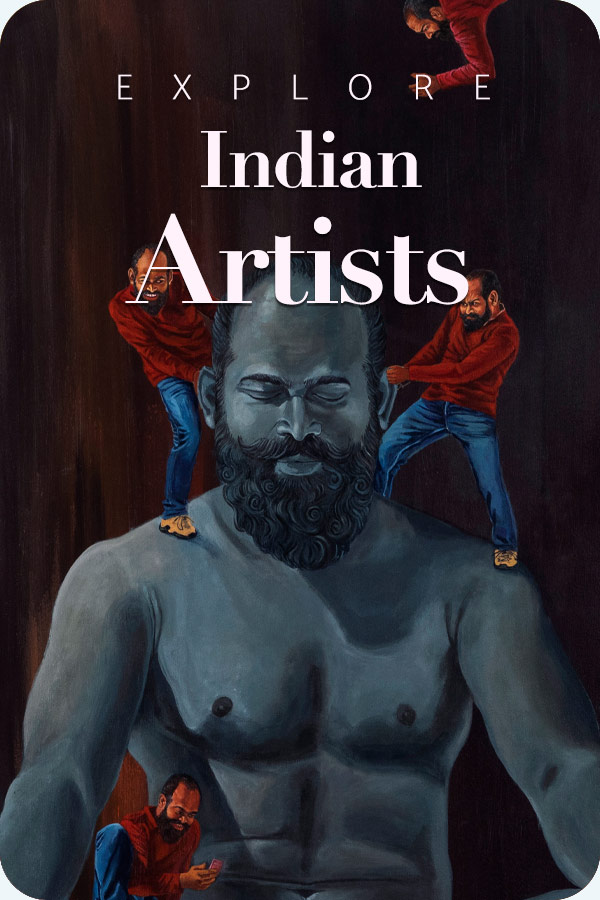
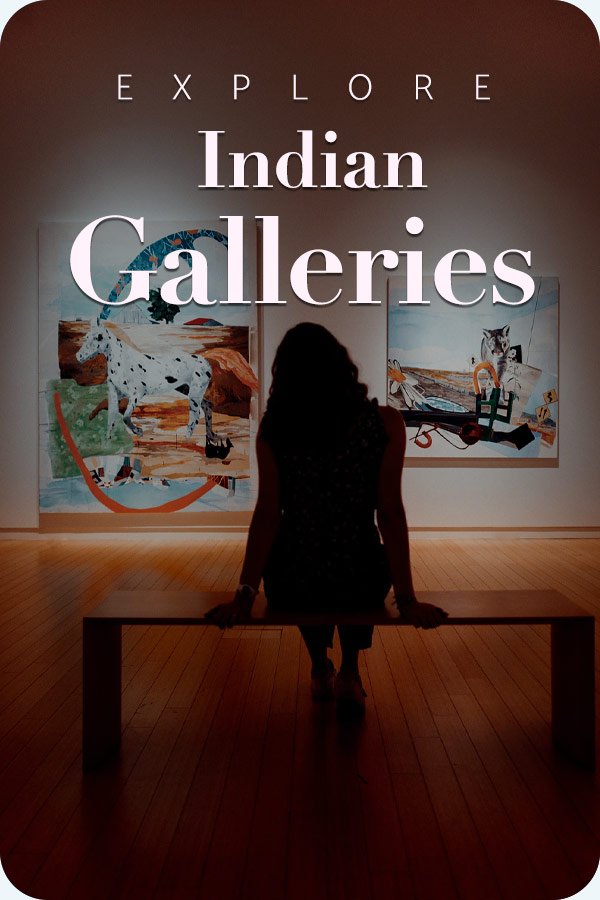
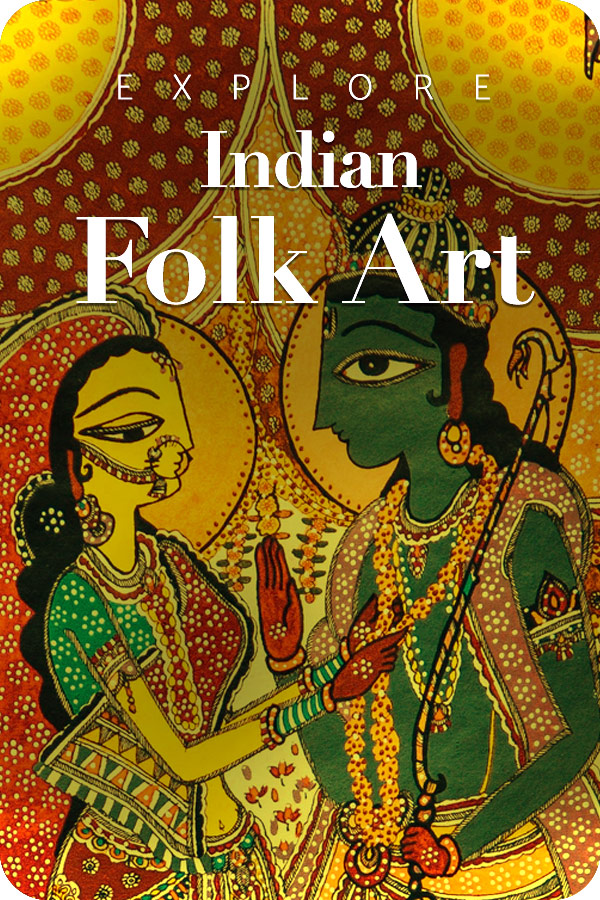
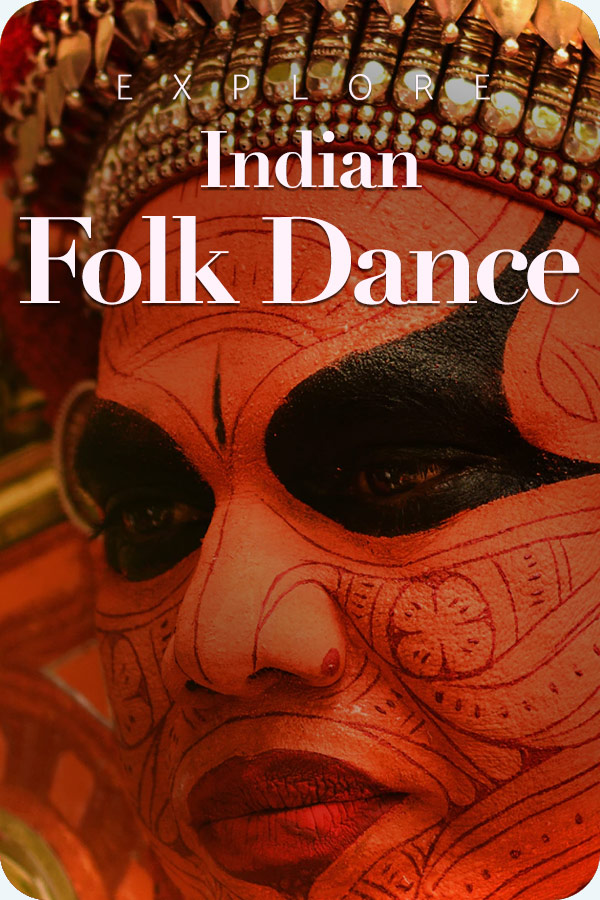
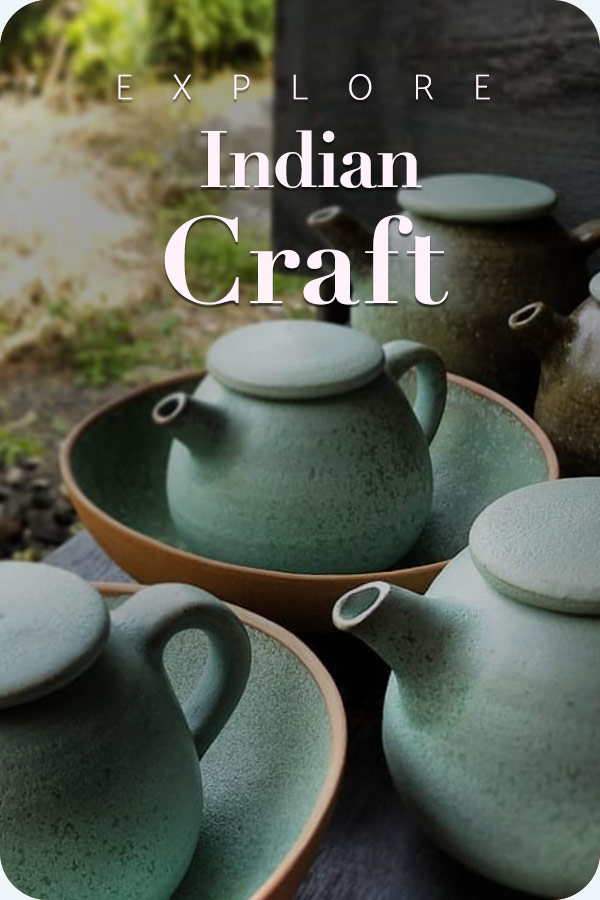
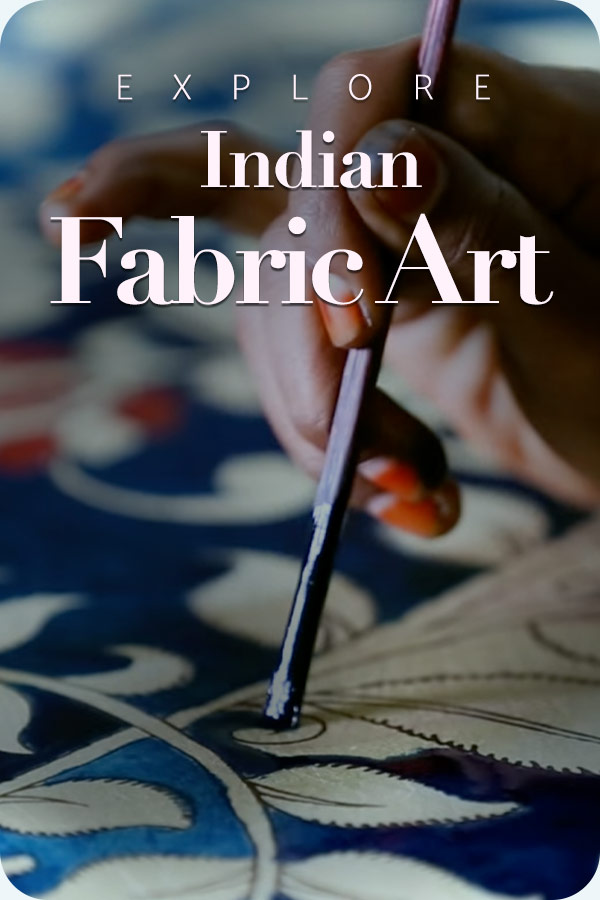
Please mention published year
Thanks for sharing such a beautiful writeup.
Thanks Shiz!